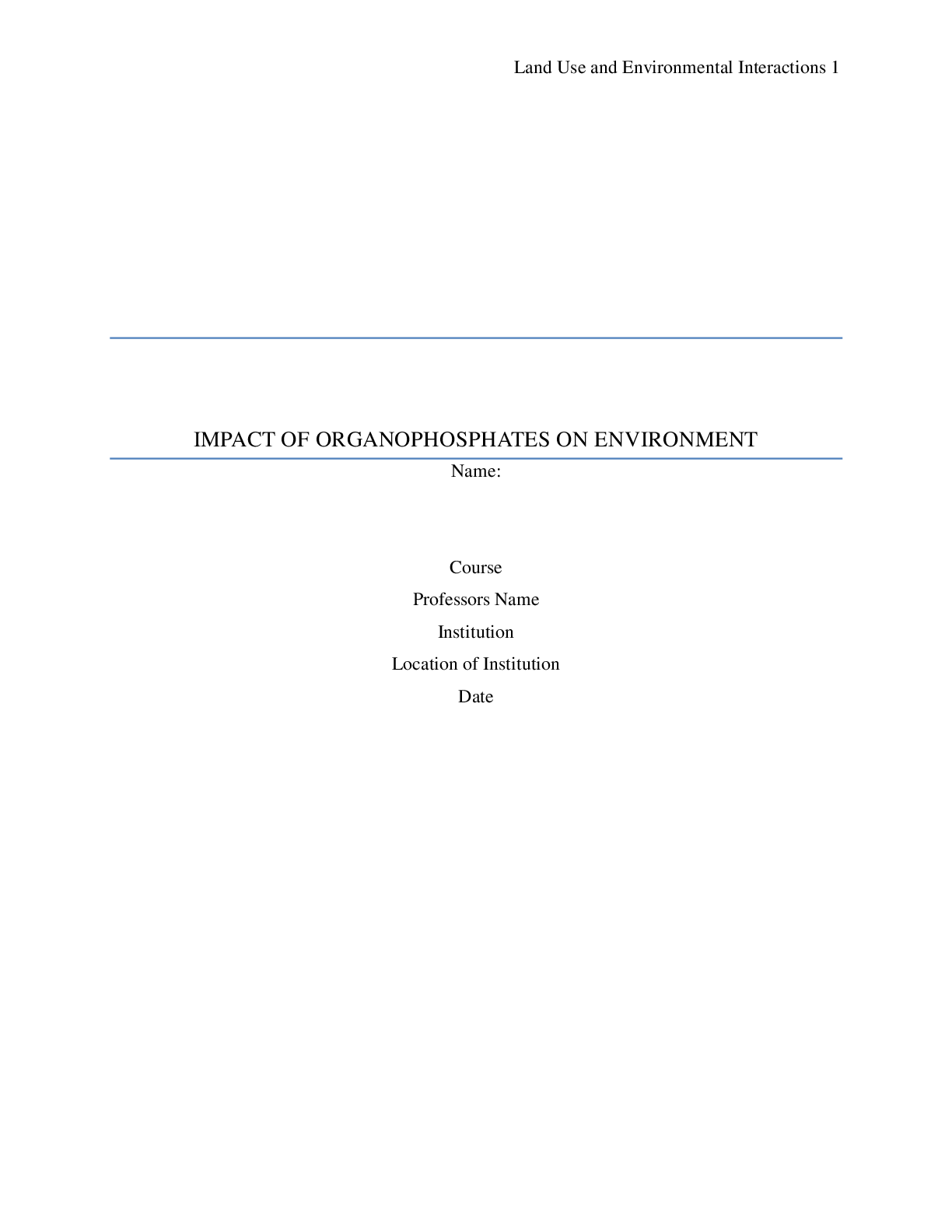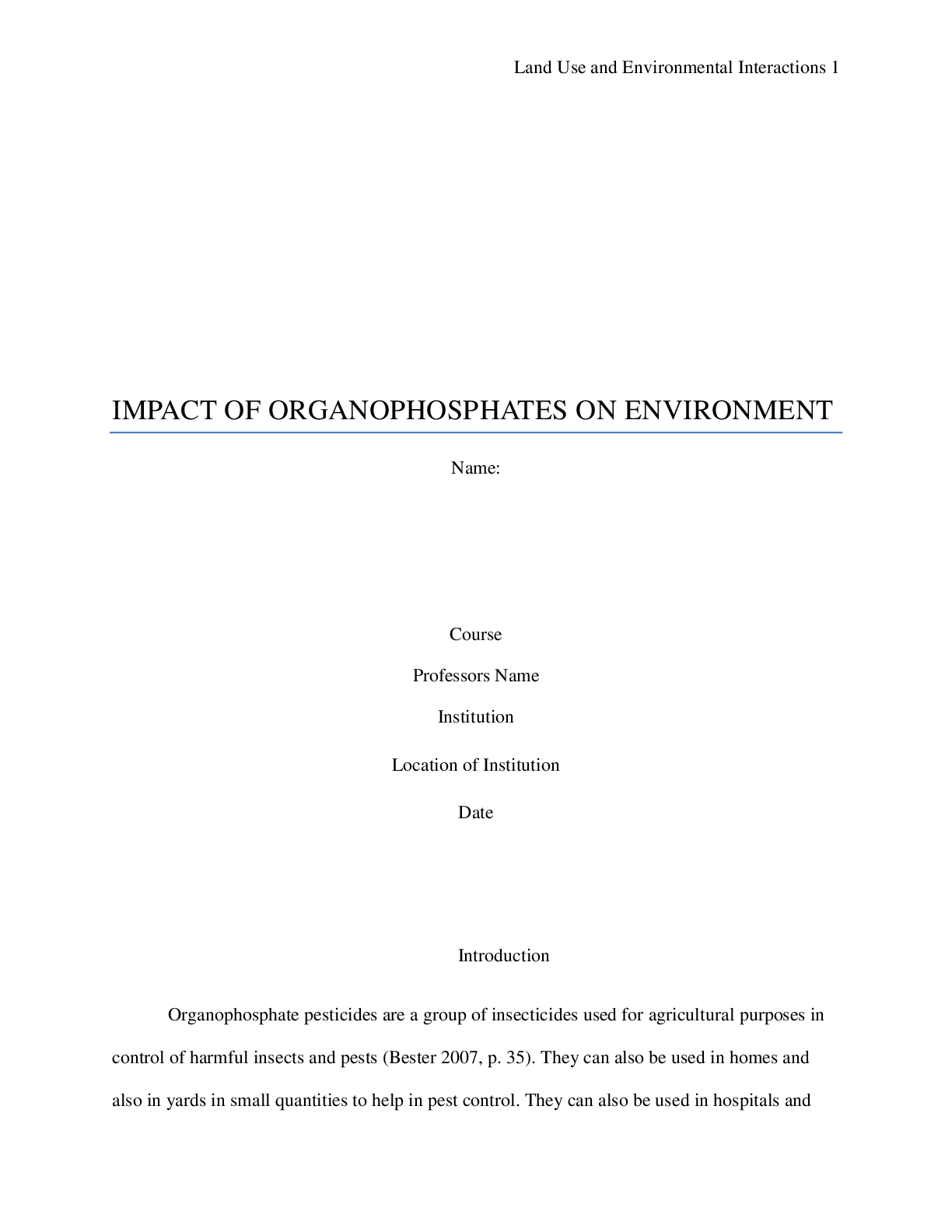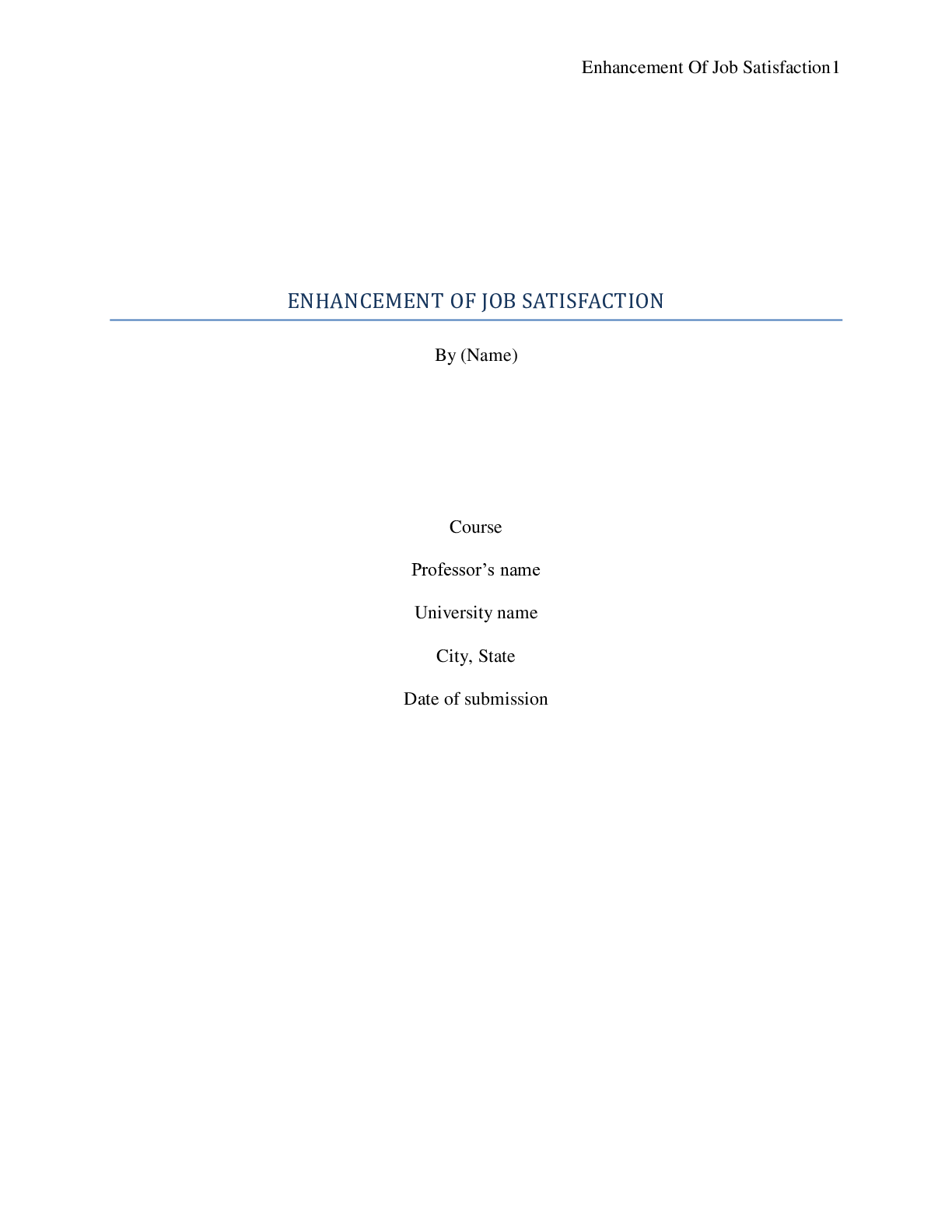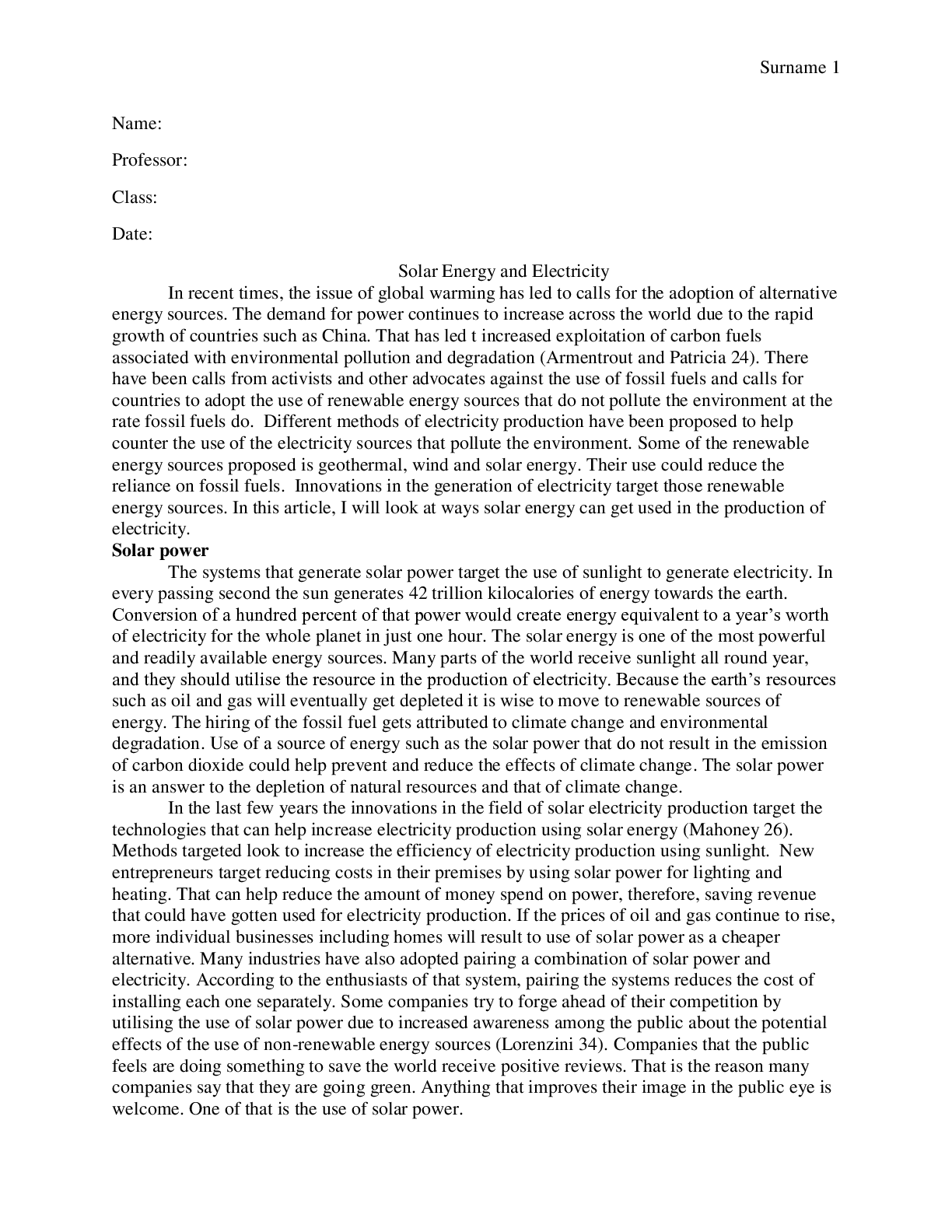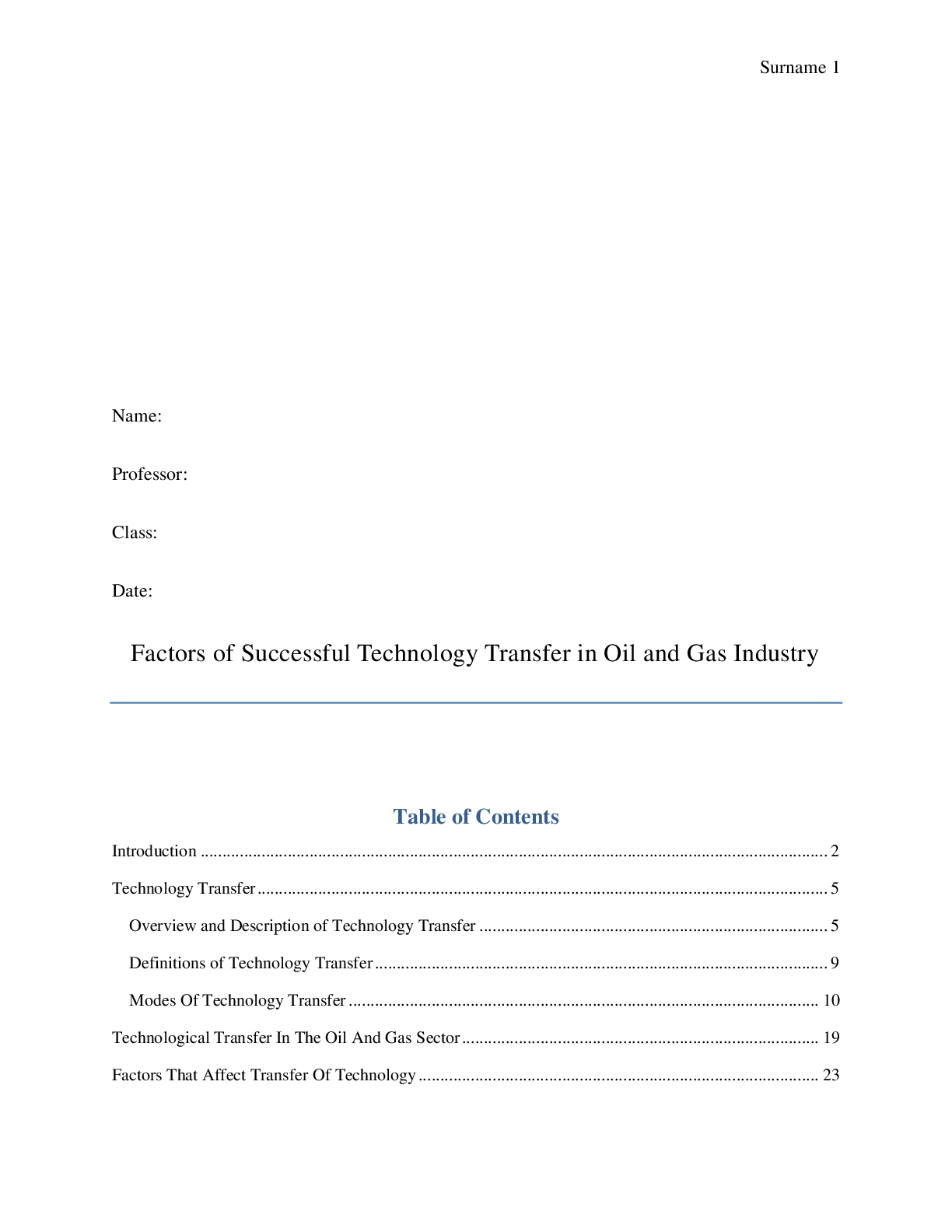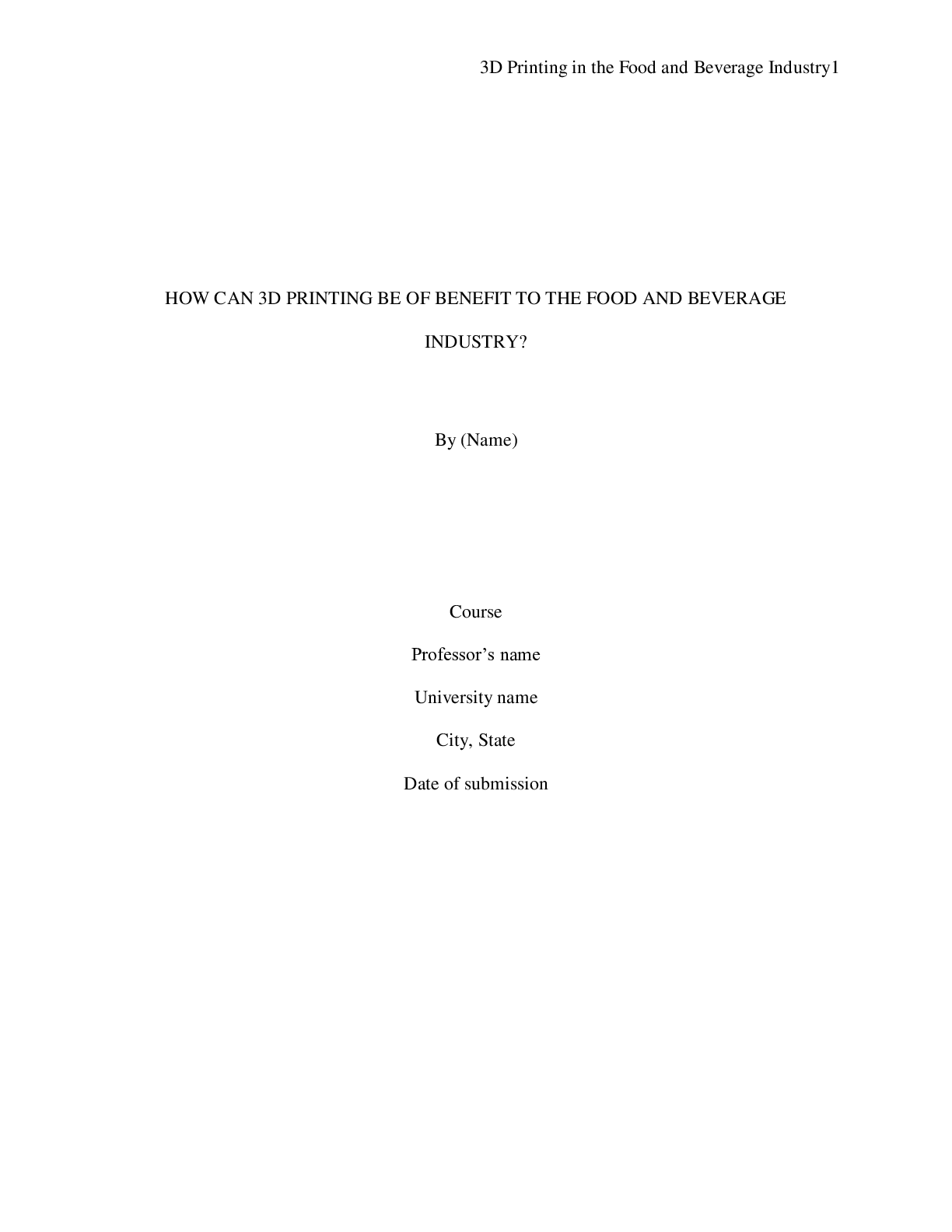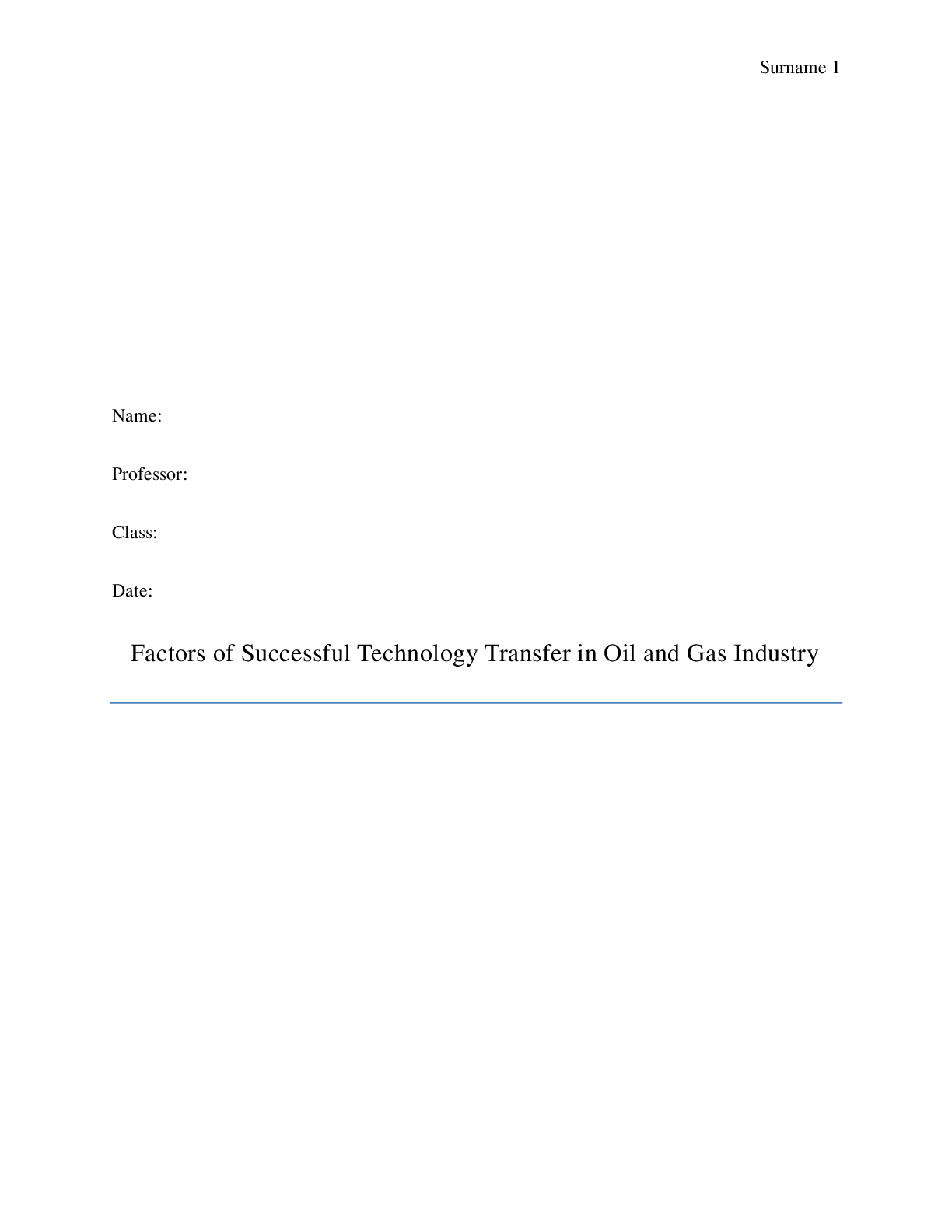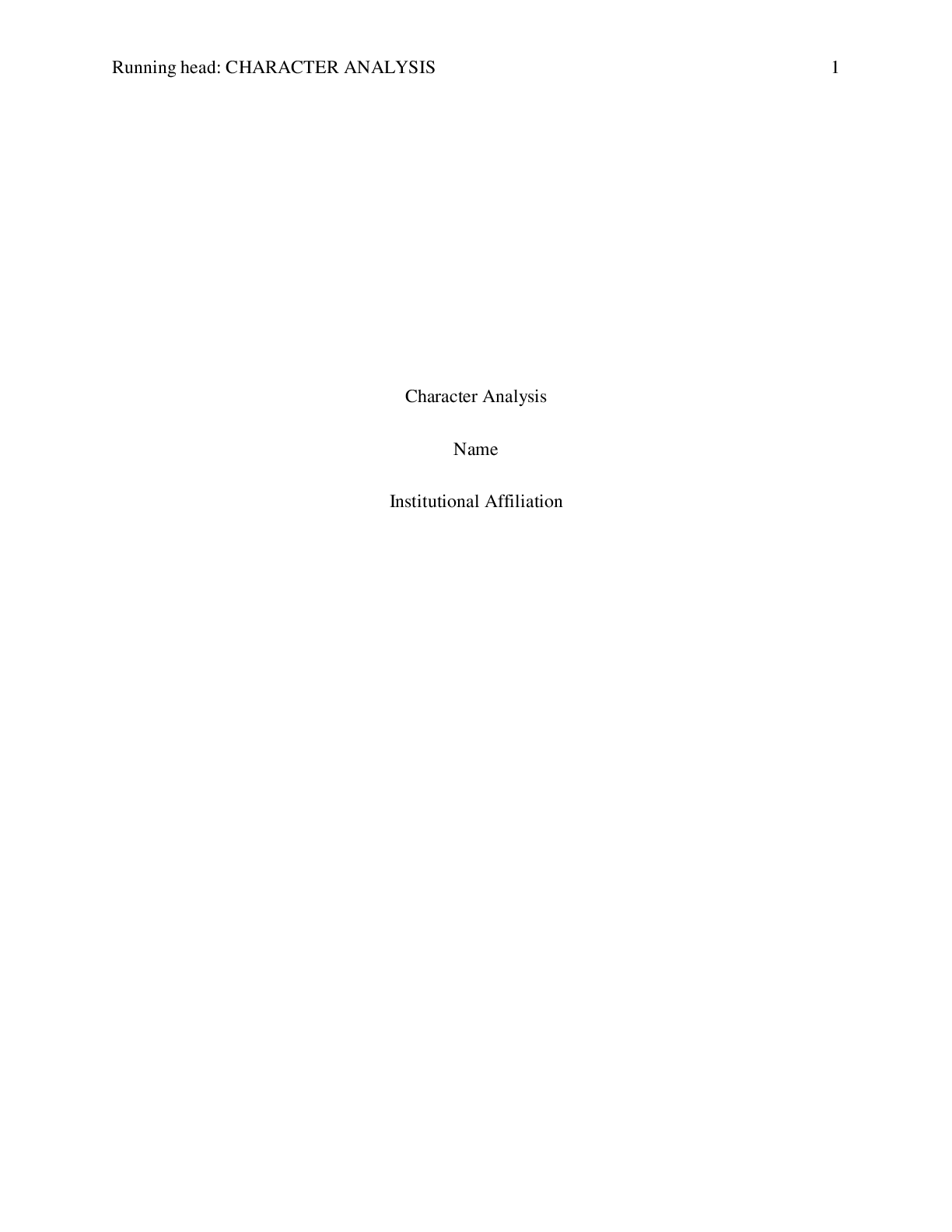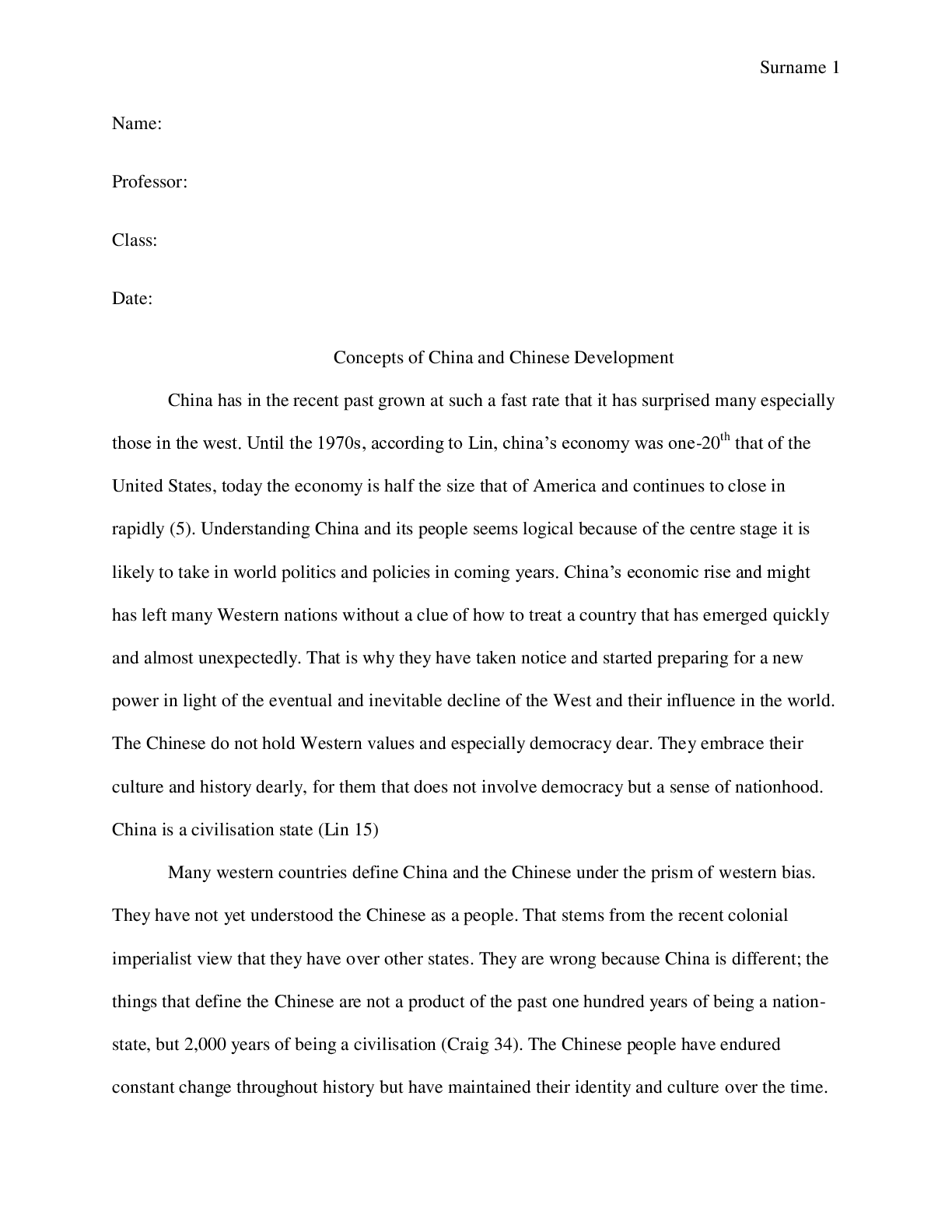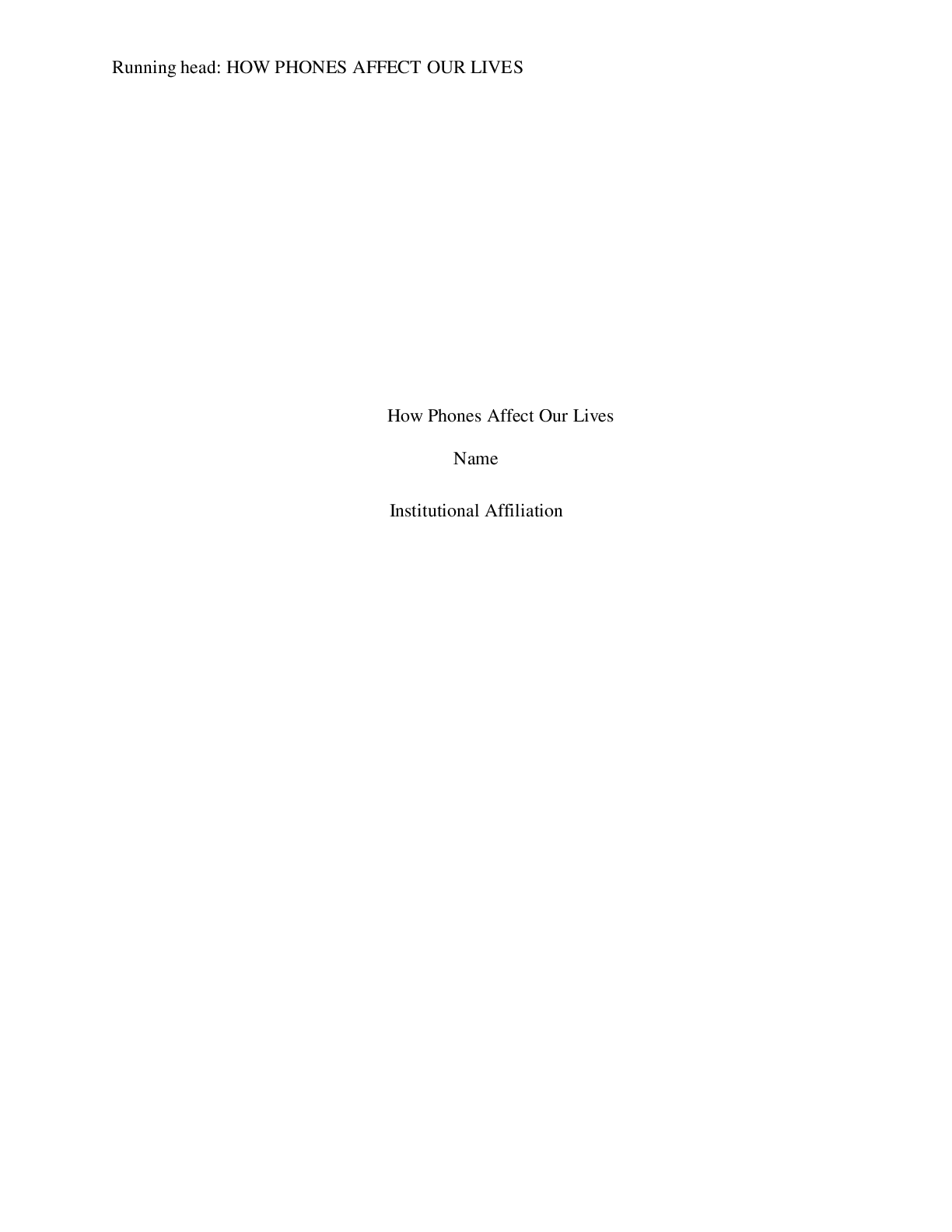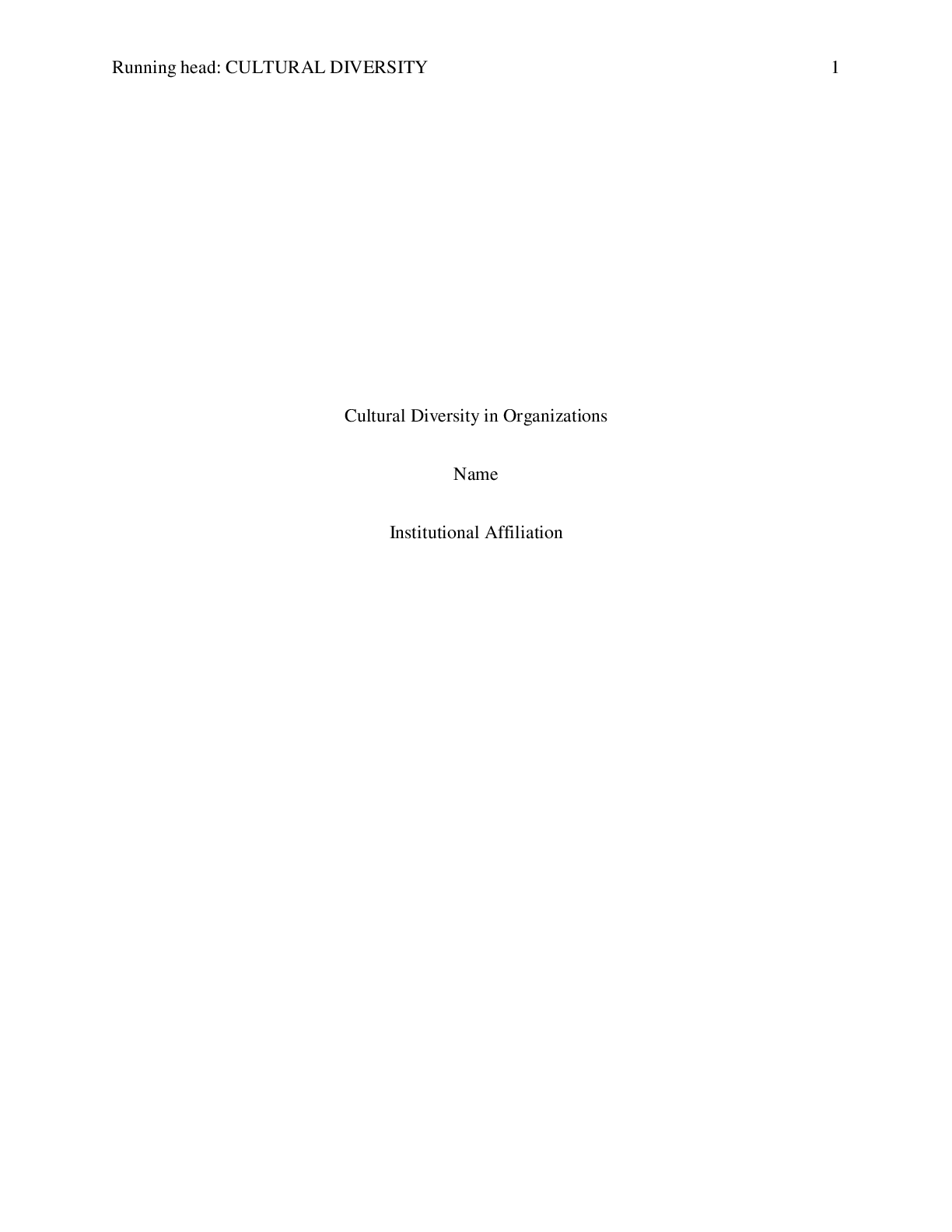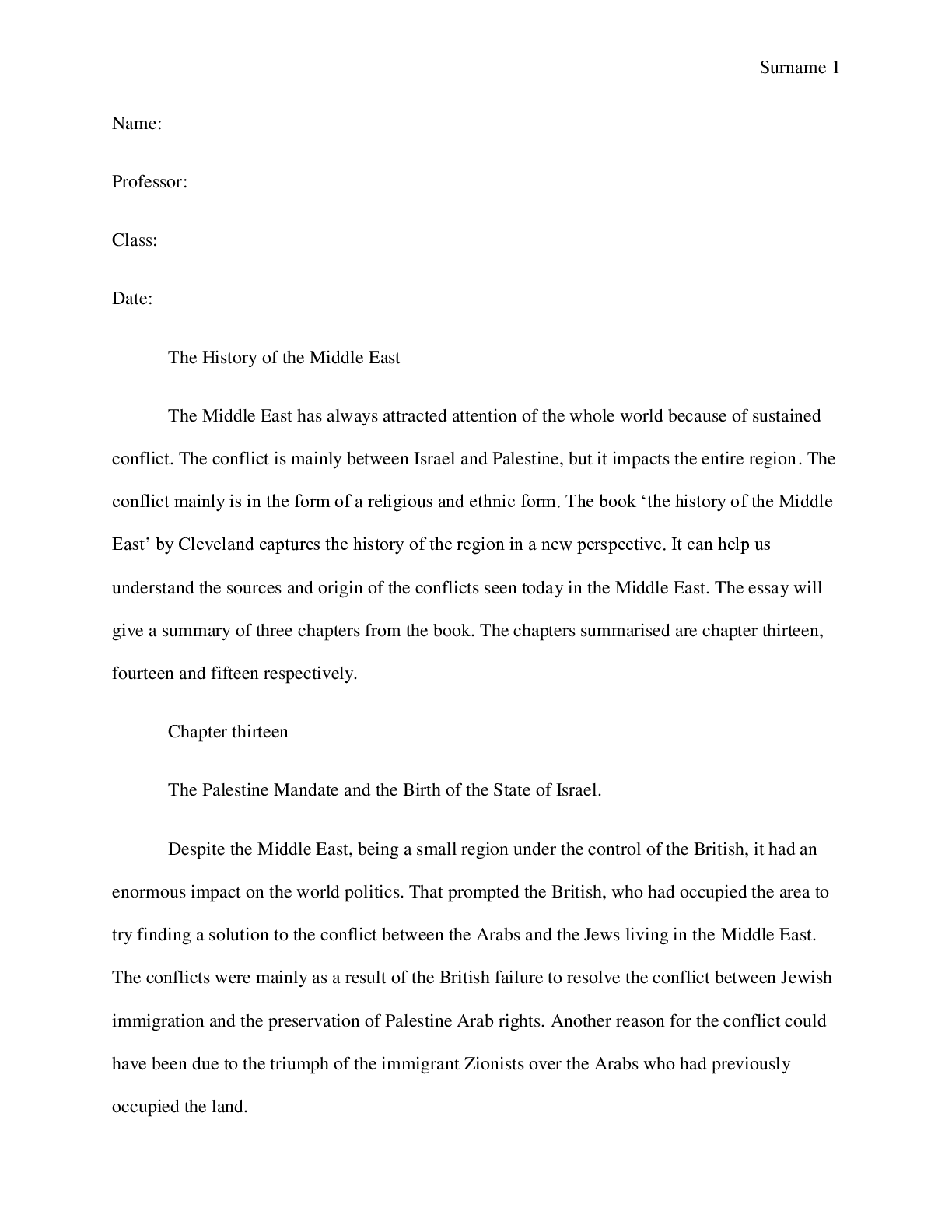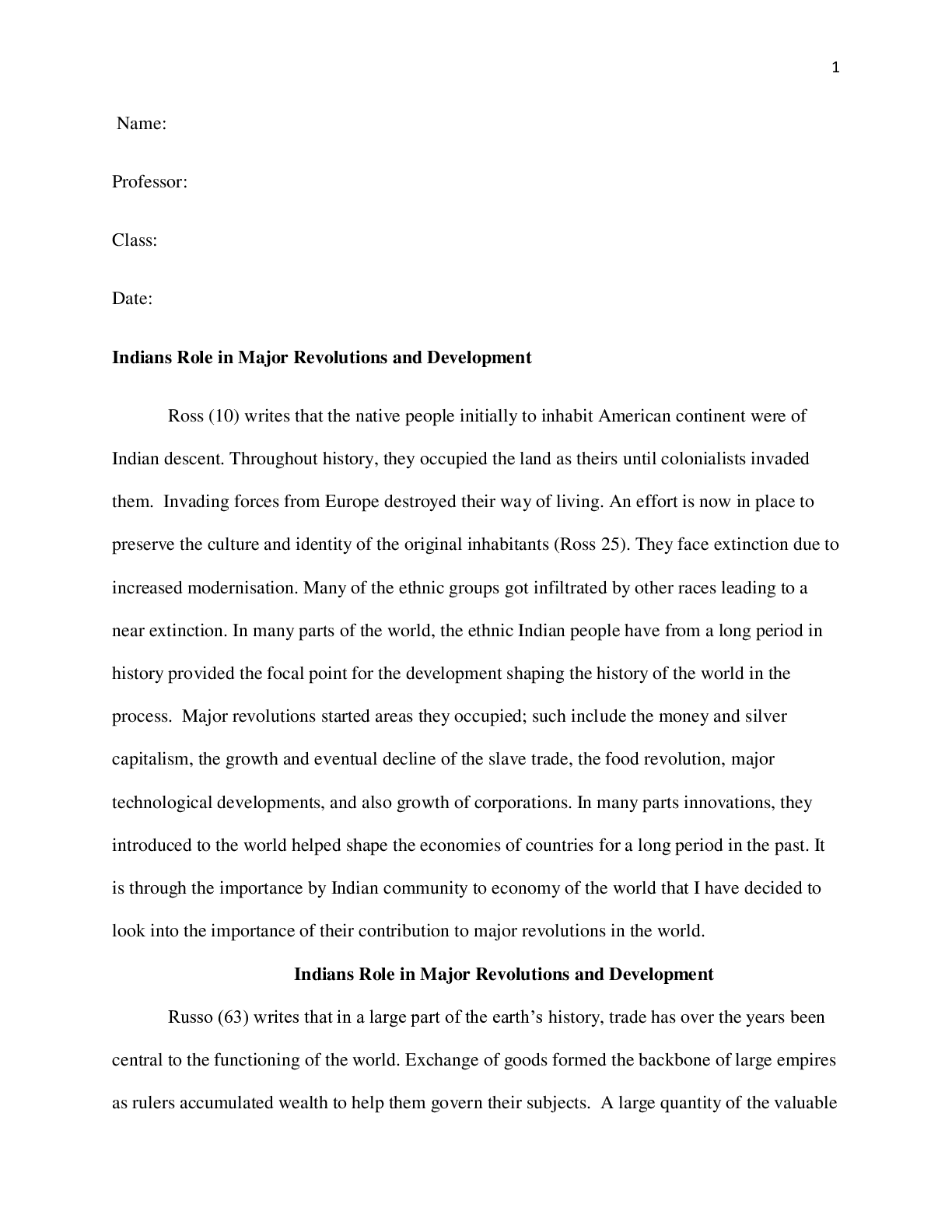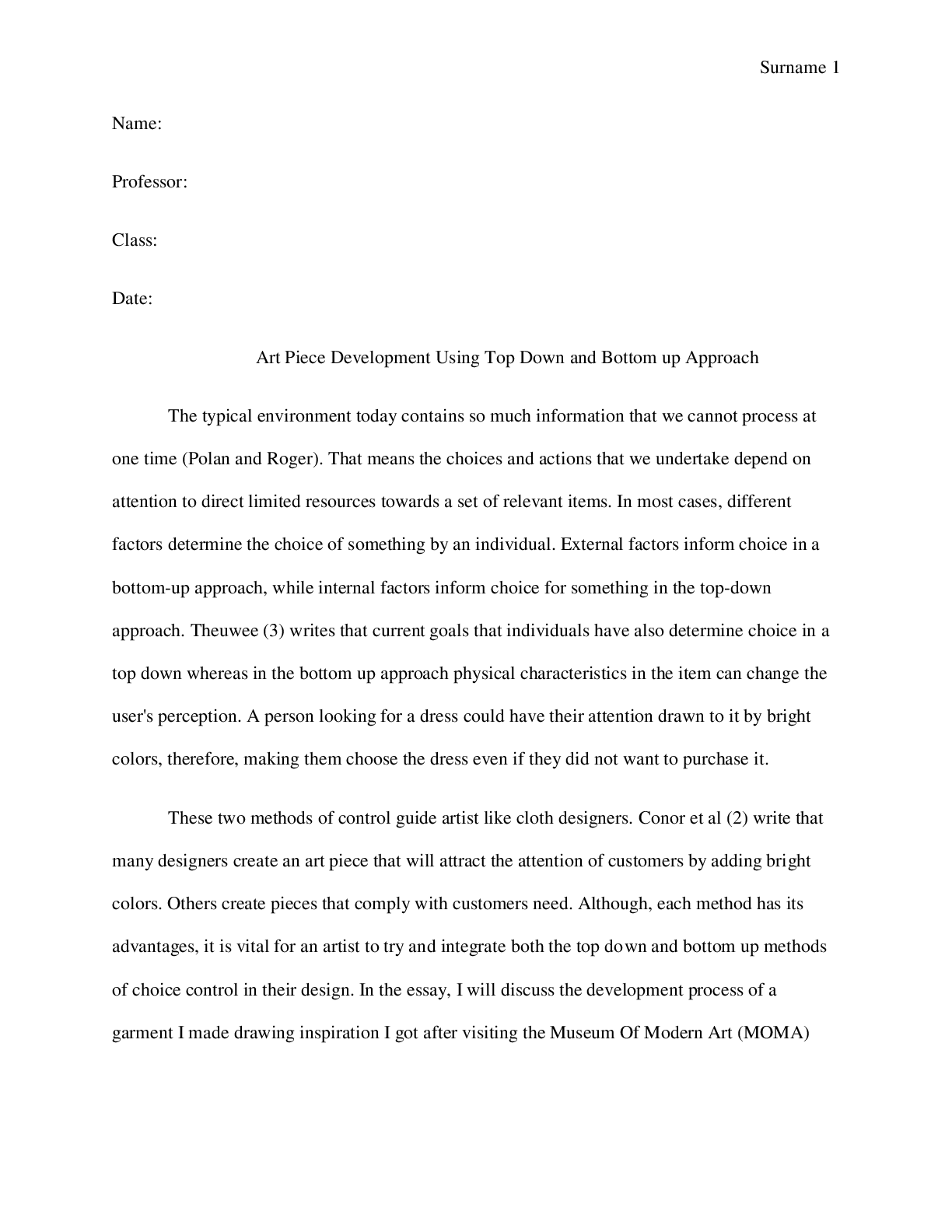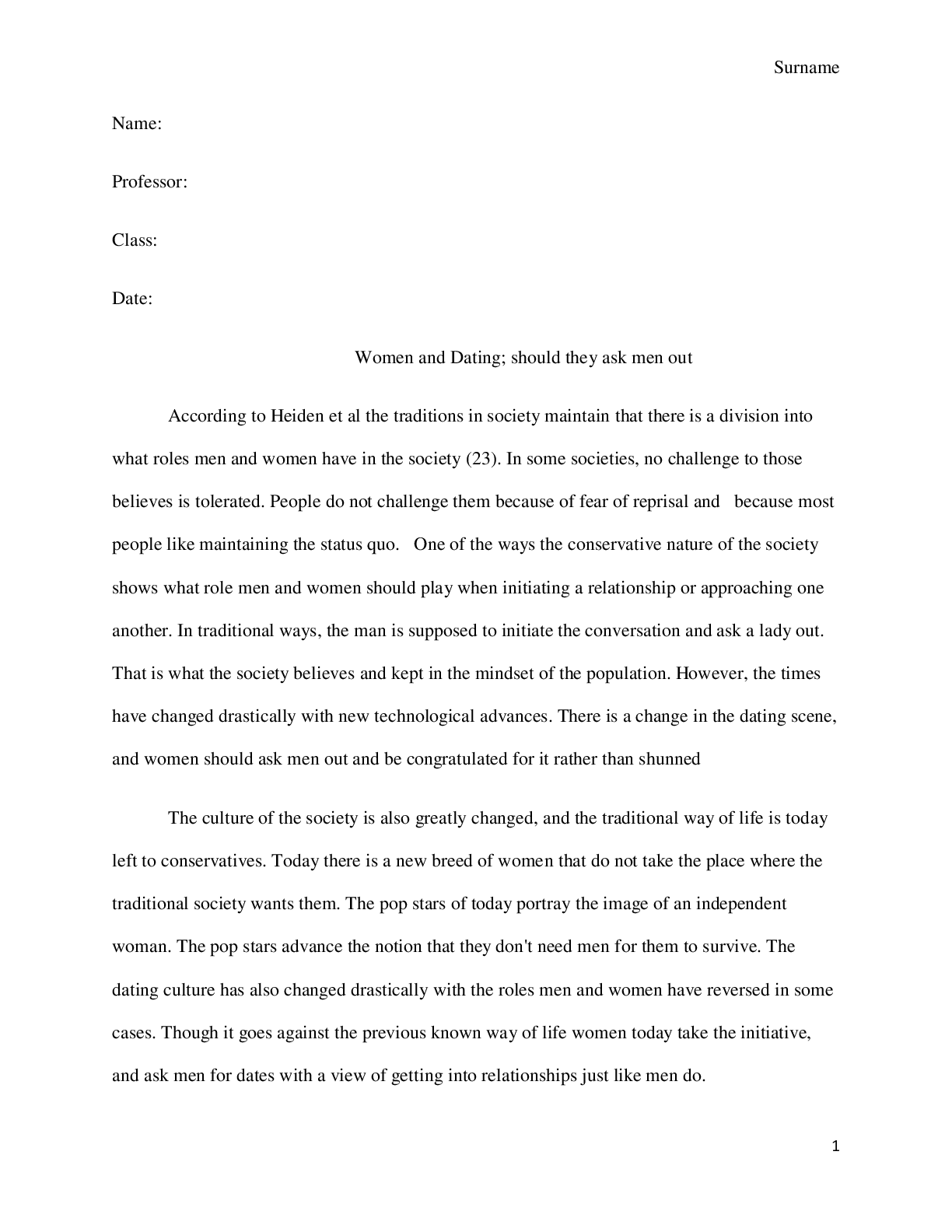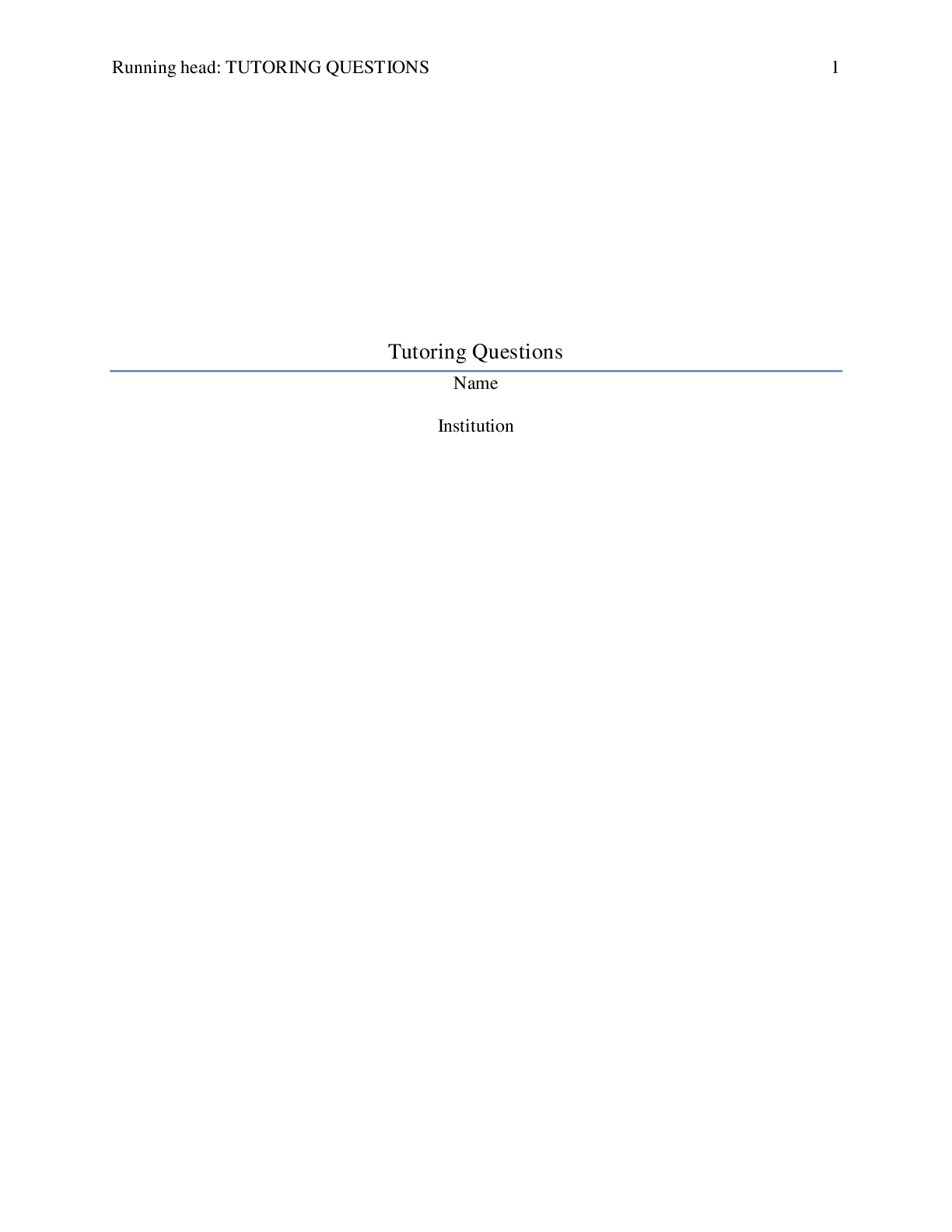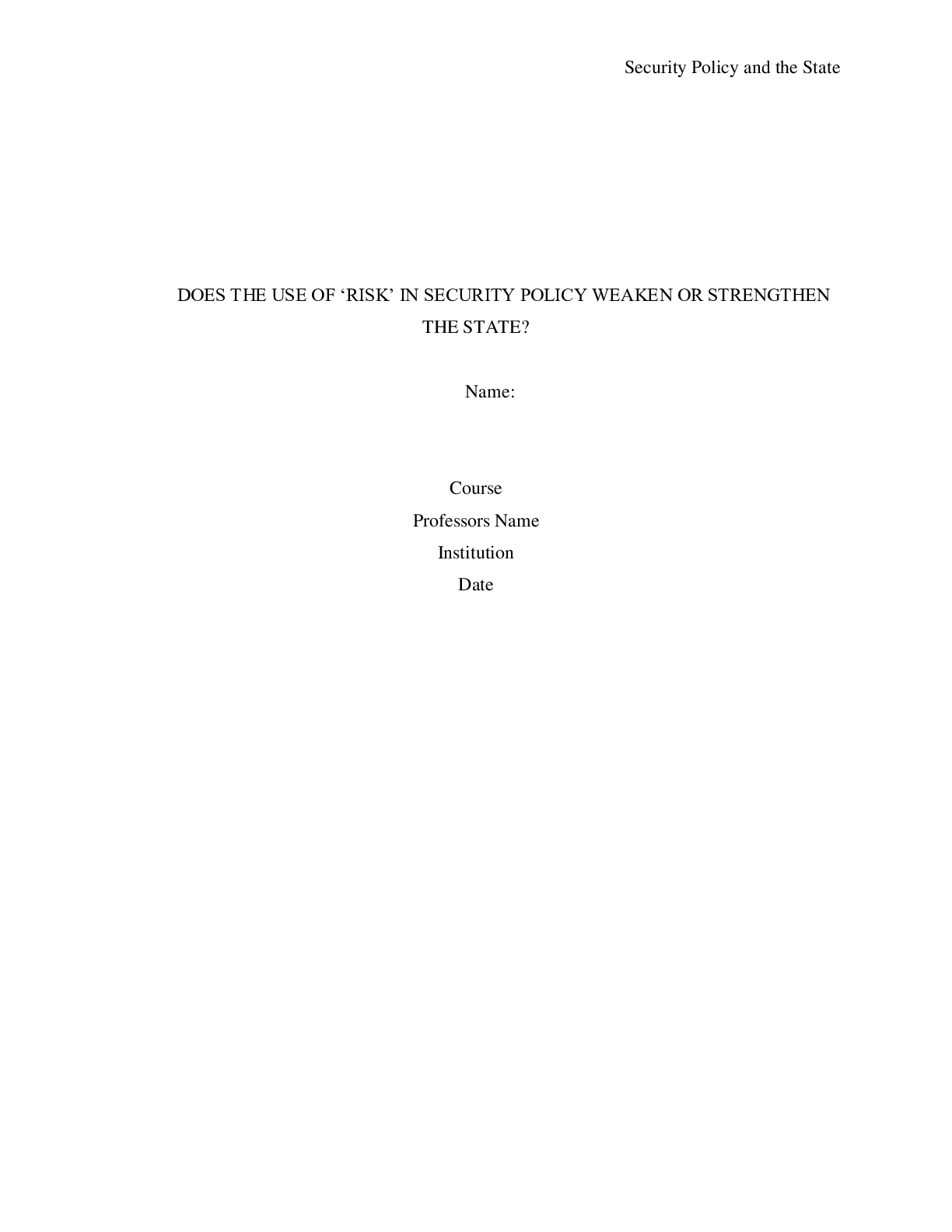Agricultural Studies > ESSAY > THE UNIVERSITY of EDINBURGH: Postgraduate Course: Land Use/Environmental Interactions (PGGE11010). I (All)
THE UNIVERSITY of EDINBURGH: Postgraduate Course: Land Use/Environmental Interactions (PGGE11010). IMPACT OF ORGANOPHOSPHATES ON ENVIRONMENT: Complete Essay (13 Pages) Graded A.
Document Content and Description Below
This course deals principally with the relationships between land management and surface and ground water quality. A Case Study approach will be used for much of the course and options for treatment o... f specific water pollution problems, such as bathing water quality, lake eutrophication, groundwater contamination by agrochemicals, surface water contamination by acidification, ferruginous discharges and sewage, will be evaluated. The course will be useful to students concerned with the protection and management of water resources from the effects of agriculture, forestry, mining, urban and domestic wastes. Course Assessment details There are 2 pieces of course assessment, namely; An ESSAY: With reference to a named environmental pollutant or contaminant of your choice, discuss the effect of specific land use practices on the dispersal of these pollutants to ground, surface and coastal waters, and/or target site; the impacts of the pollutant on water quality, the environment, and/or ecosystem function; and cost effective measures for mitigating the impacts of these land use practices. Illustrate your work with specific case studies or examples. This must be submitted before noon on Friday 16th March, 2017, and accounts for 50% of the total marks. Prepare a POSTER presentation to communicate the main points of the essay. Emphasis should be on getting your message across to decision makers and land users who have the power to act on your recommendations. Provide a printed A4 version of your poster, and an abstract of your poster (covering no more than a single A4 page) on the day of the poster presentation. The poster presentations will be marked on four points: (1) technical content; (2) quality of text and graphics; (3) verbal explanation; (4) the abstract. Posters will be presented on Monday 26th March and Monday 2nd April 2017. An electronic copy of the poster and the abstract will need to be submitted before noon on Friday 16th March, 2017. This portion of the assessment accounts for the remaining 50% of the total marks. References Bester, K. (2007). Personal care compounds in the environment: pathways, fate, and methods for determination. Weinheim, Wiley-VCH. Dallas, L. J., Keith-Roach, M., Lyons, B. P., & Jha, A. N. (2012). Assessing the Impact of Ionizing Radiation on Aquatic Invertebrates: A Critical Review. Radiation Research. 177, 693-716. Caceres, T. (2017). Fate, bioavailability, and bioremediation of fenamiphos and its metabolites in soil. Thesis / Dissertation ETD. Damalas, Christos A., & Eleftherohorinos, Ilias G. (2016). Pesticide Exposure, Safety Issues, and Risk Assessment Indicators. Molecular Diversity Preservation International (MDPI). http://www.pubmedcentral.nih.gov/articlerender.fcgi?artid=3108117. El Alfy, M., & Faraj, T. (2017). Spatial distribution and health risk assessment for groundwater contamination from intensive pesticide use in arid areas. Environmental Geochemistry and Health: Official Journal of the Society for Environmental Geochemistry and Health. 39, 231-253. Enger, E. D., & Smith, B. F. (2004). Environmental science: a study of interrelationships. Rasul, G., & Thapa, G. B. (2003). Sustainability analysis of ecological and conventional agricultural systems in Bangladesh. World Development: the Multi-Disciplinary International Journal Devoted to the Study and Promotion of World Development. Robbins, P. (2007). Encyclopedia of environment and society. Sage Publications. Sanborn. (2013). Organophosphates: Chemistry, Fate and Effects, Janice E. Chambers and Patricia E. Levi, Academic Press, 1992, 443 pp., $69.95. Pesticide Biochemistry and Physiology. 45, 248-248. Sheahan, d., & Fisher, T. (2012). Review and comparison of available testing approaches and protocols for testing effects of chemicals on sediment-dwelling organisms with potential applicability to pesticides. EFSA Supporting Publications. 9. Prusty, A. K., Meena, D. K., Mohapatra, S., Panikkar, P., Das, P., Gupta, S. K., & Behera, B. K. (2015). Synthetic pyrethroids (Type II) and freshwater fish culture: Perils and mitigations. International Aquatic Research. 7, 163-191. [Show More]
Last updated: 1 year ago
Preview 1 out of 13 pages
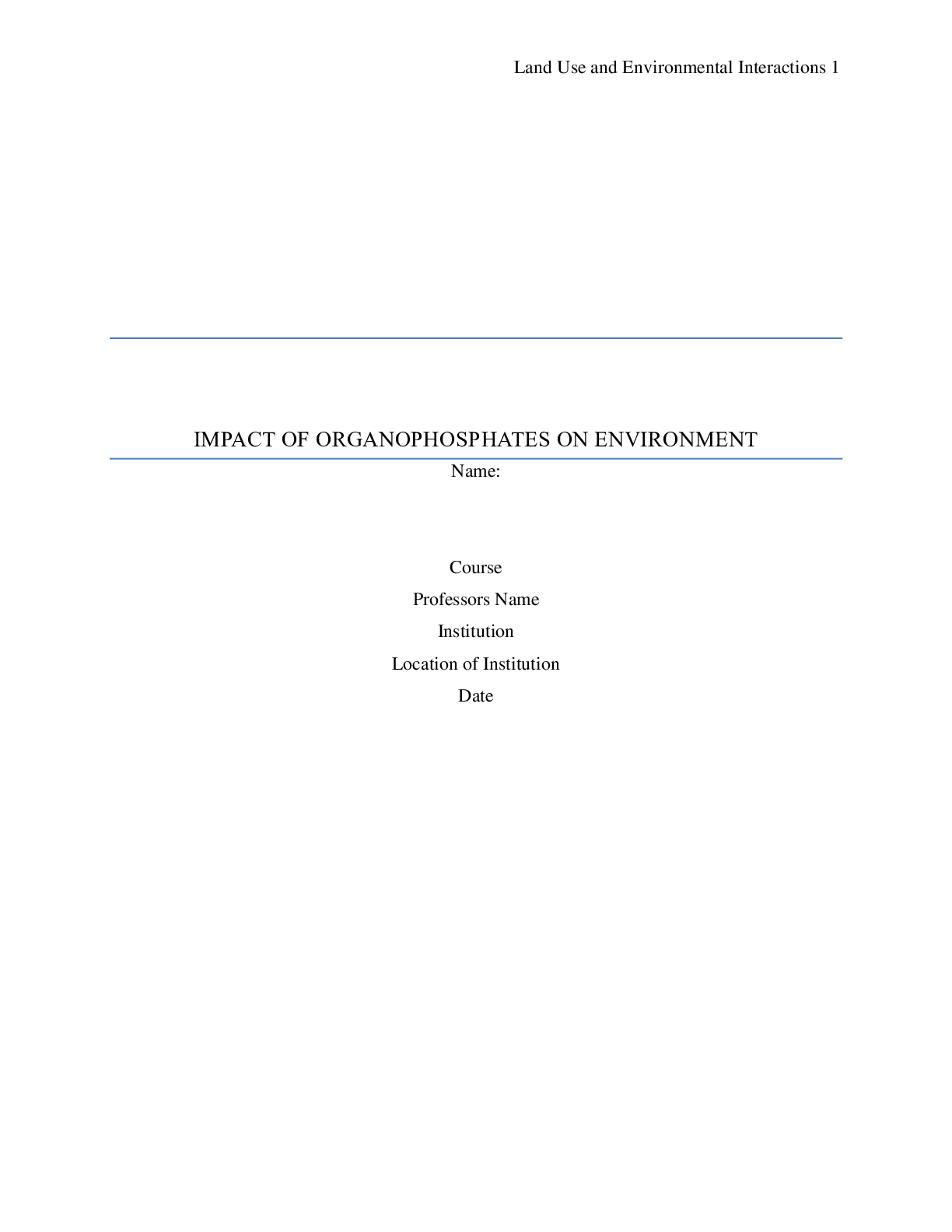
Reviews( 0 )
Document information
Connected school, study & course
About the document
Uploaded On
Jun 10, 2020
Number of pages
13
Written in
Additional information
This document has been written for:
Uploaded
Jun 10, 2020
Downloads
0
Views
58

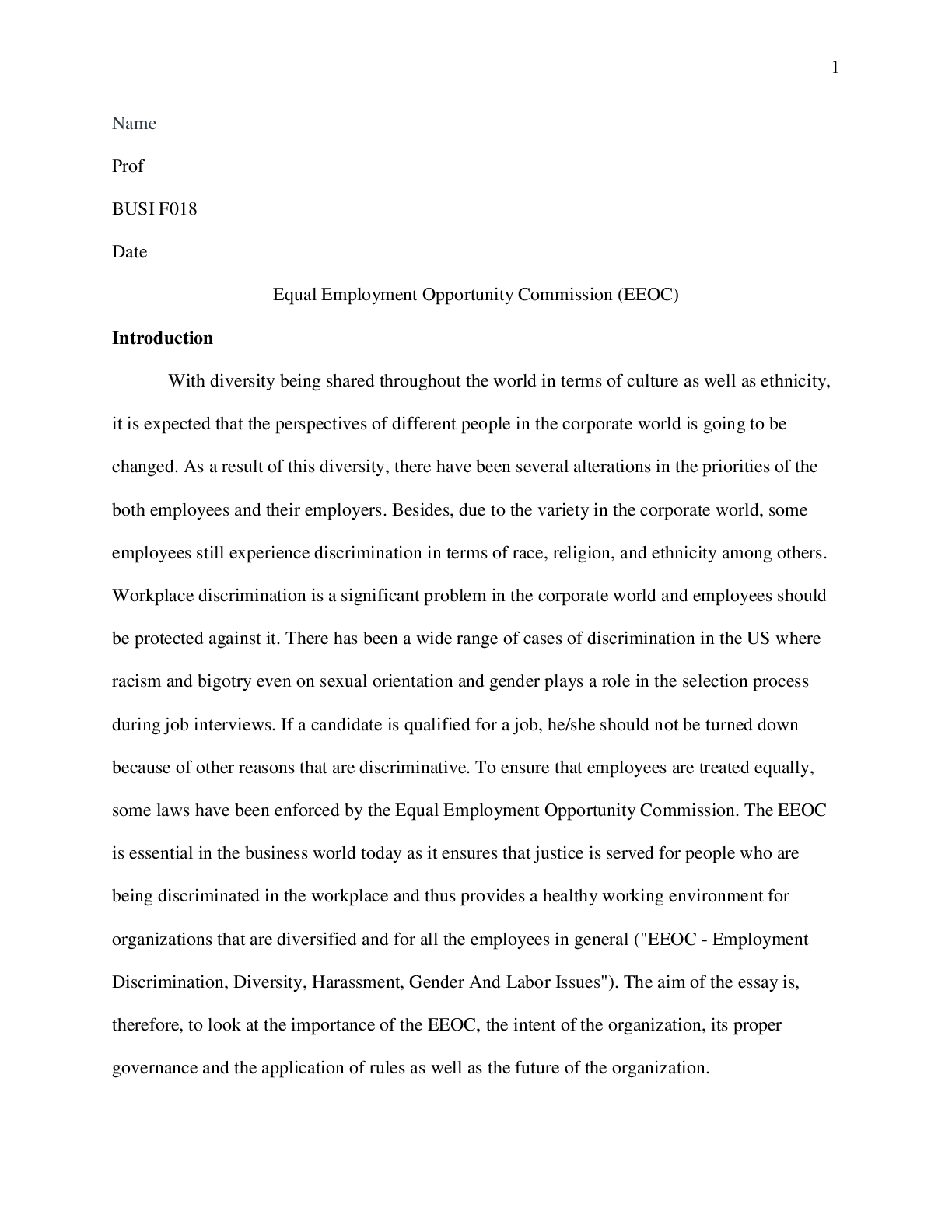
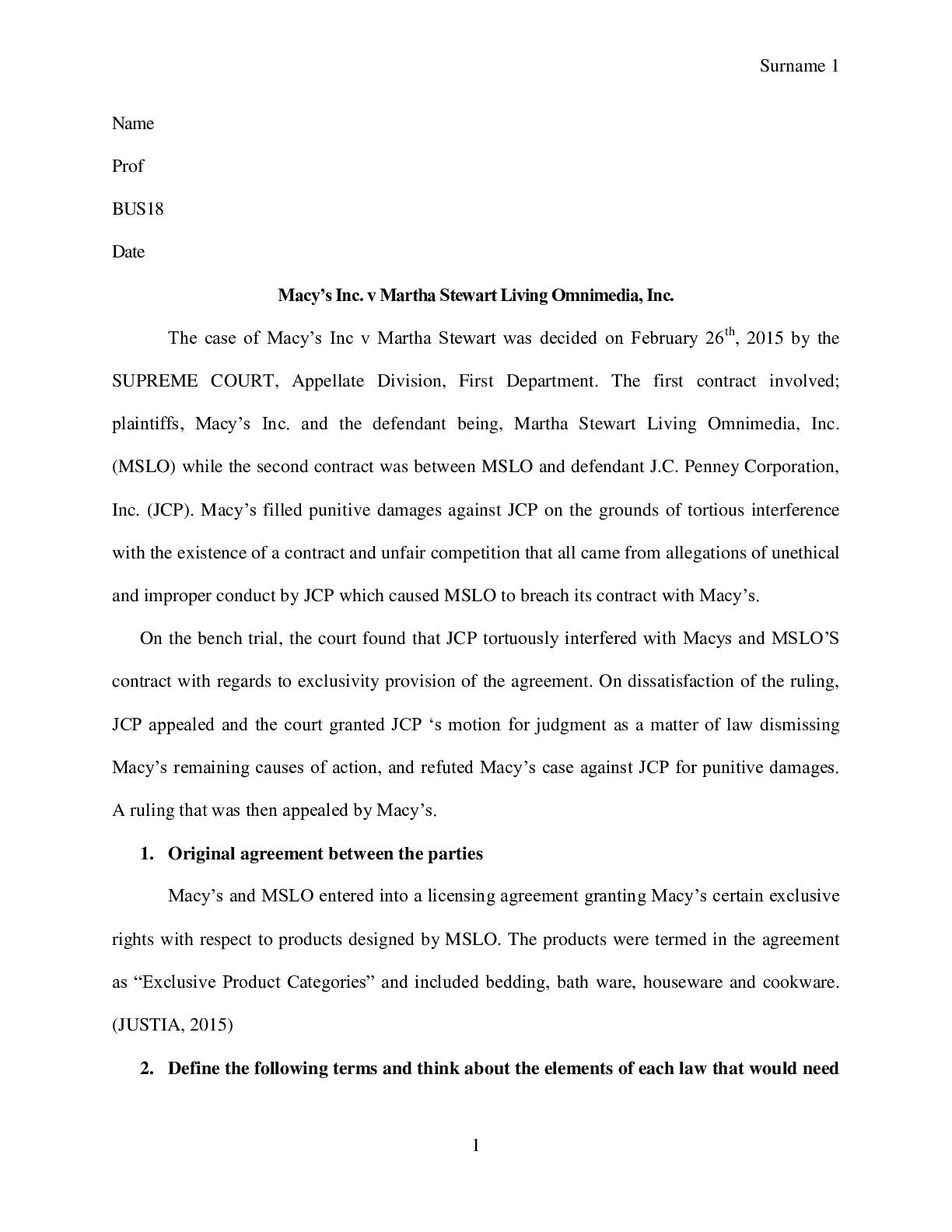

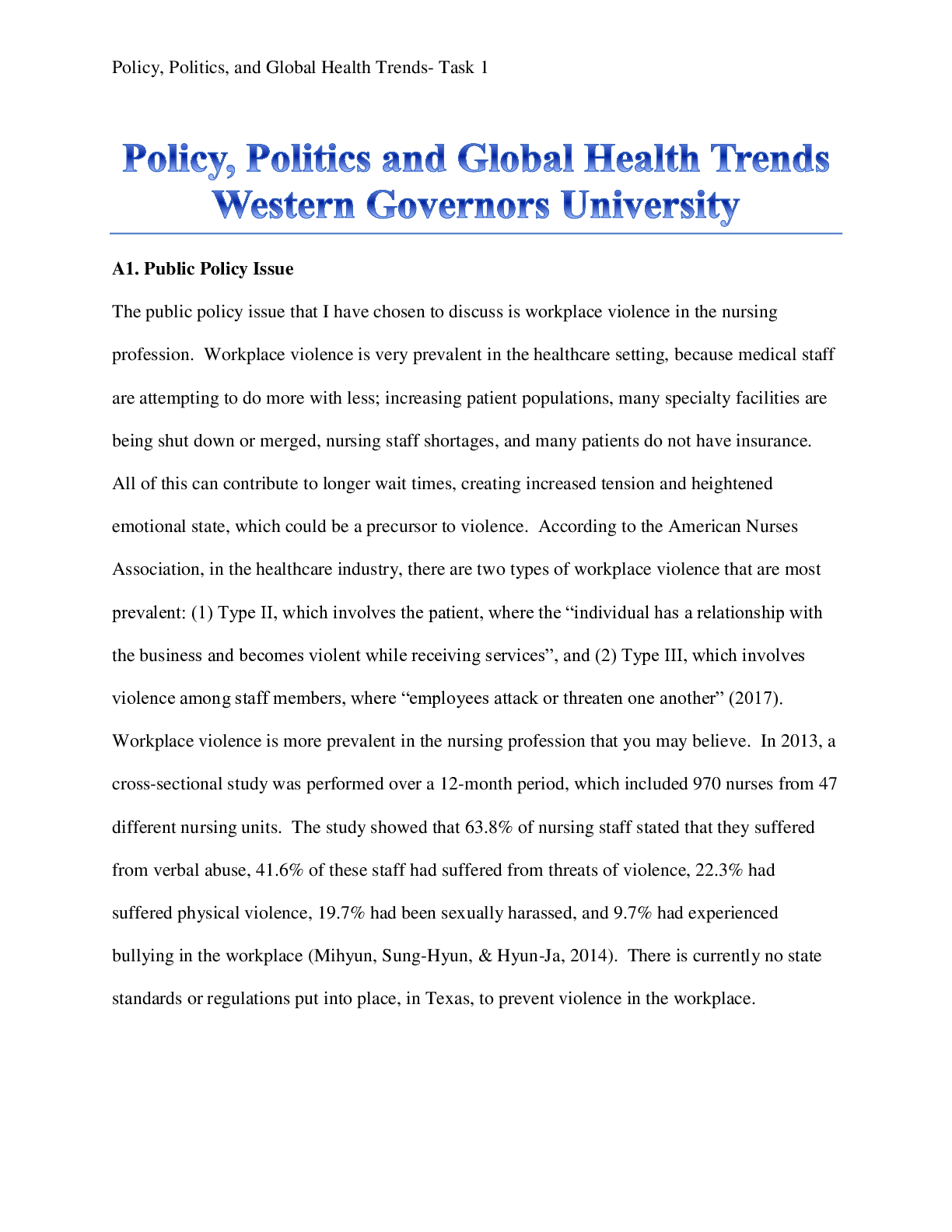
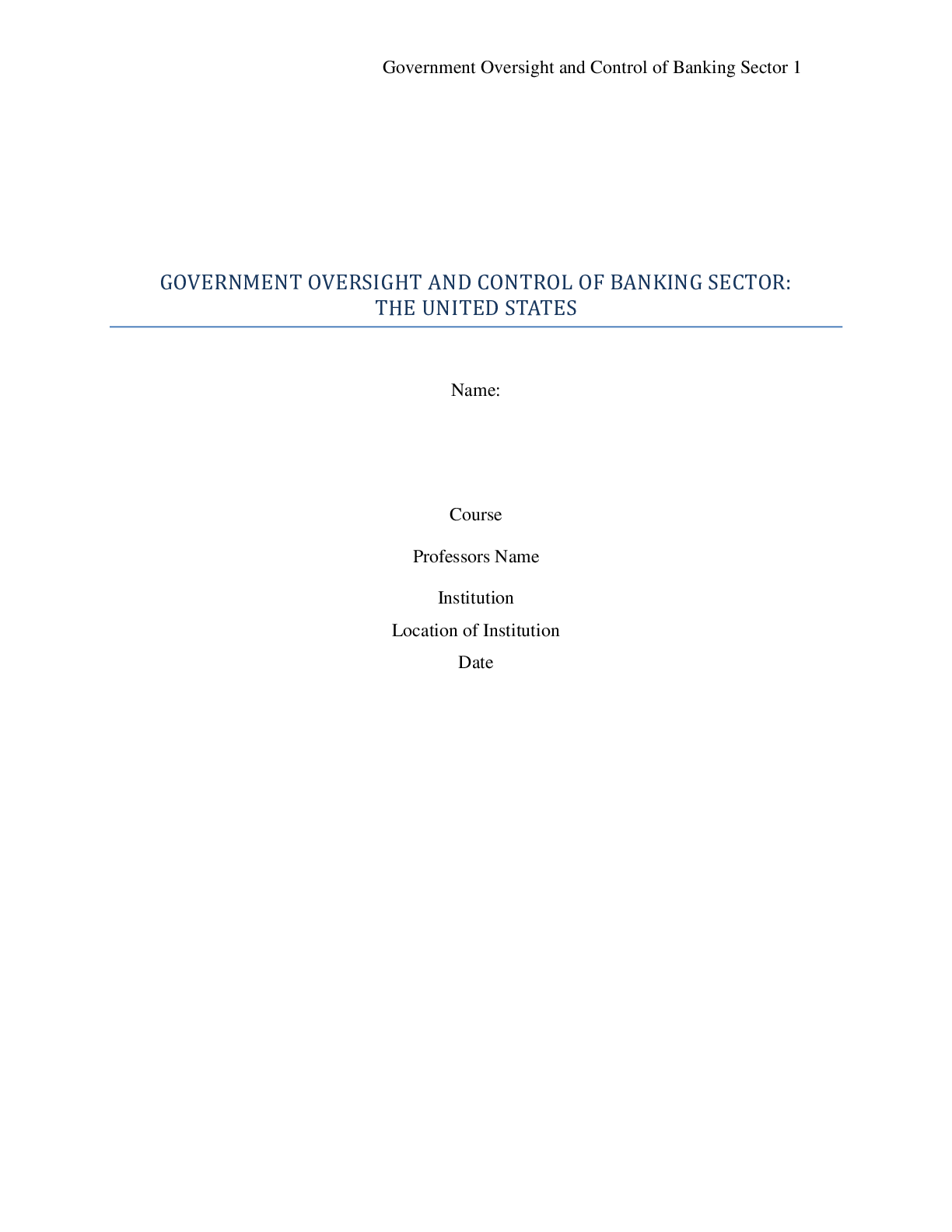
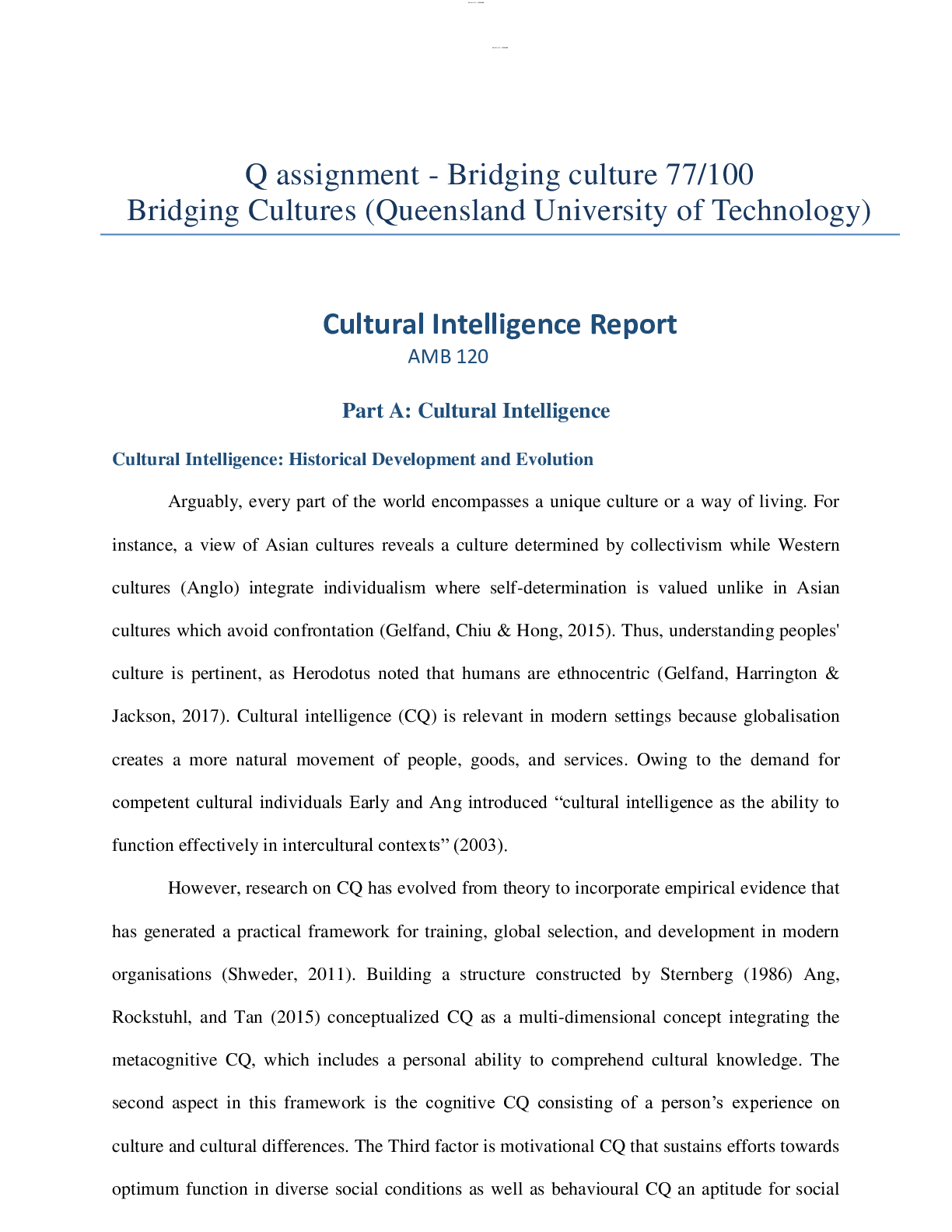
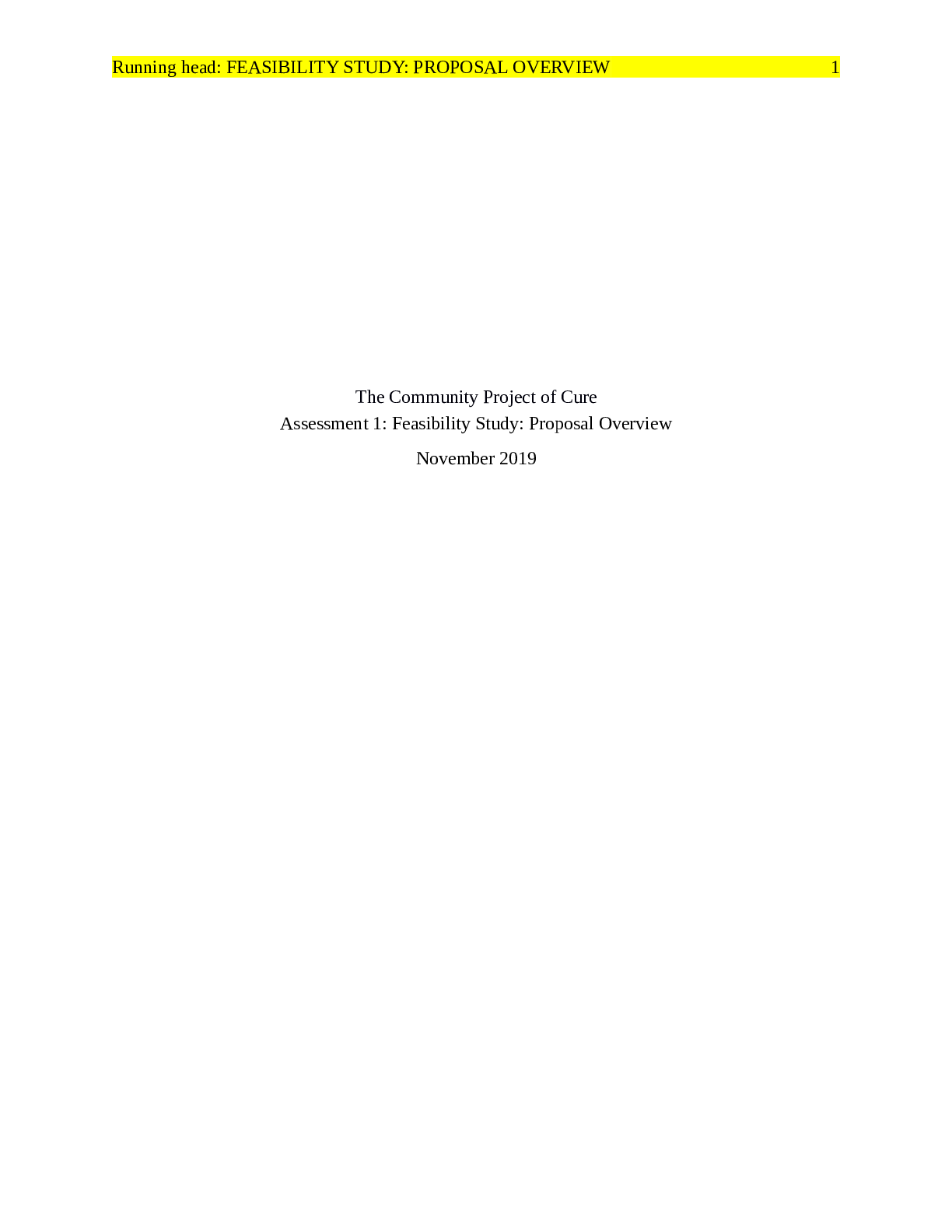
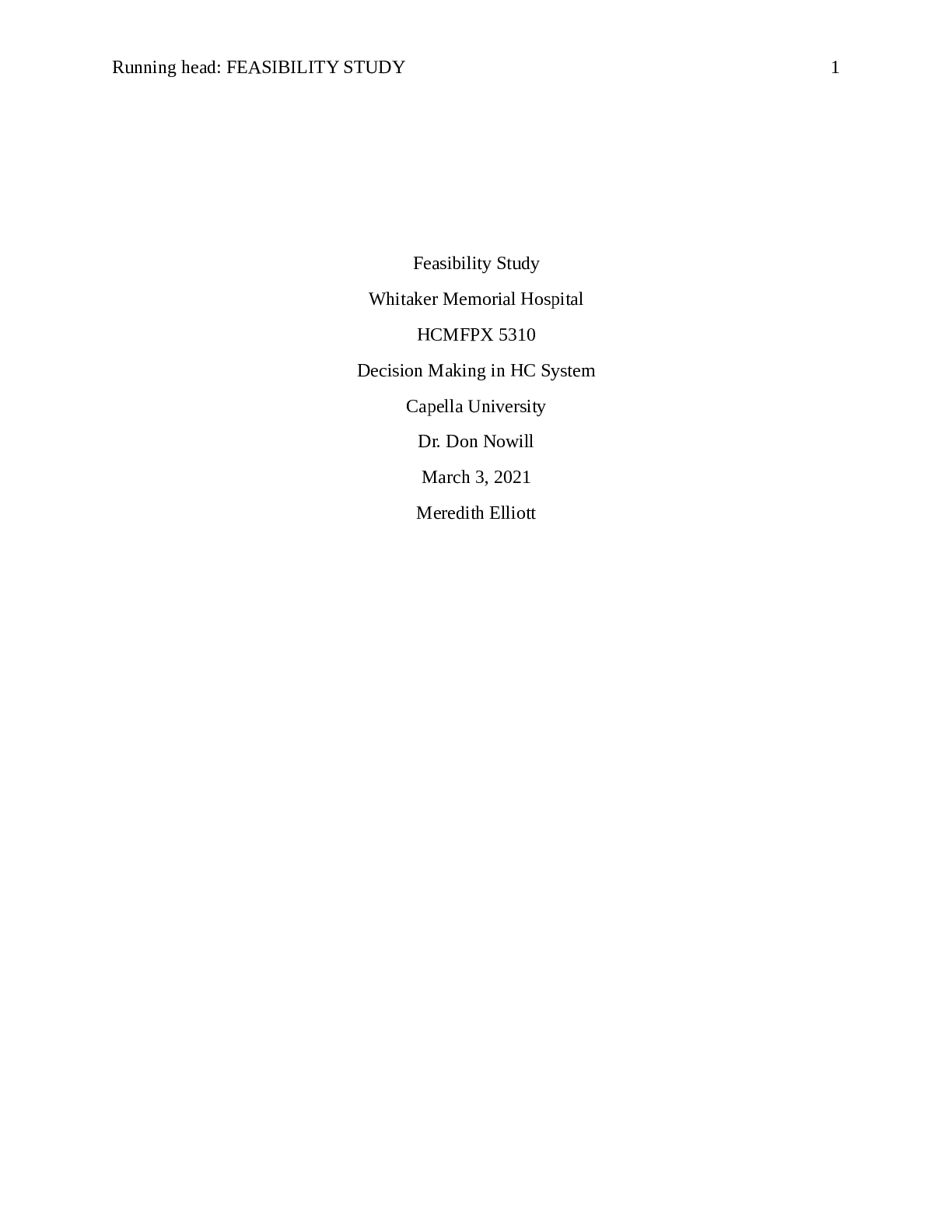
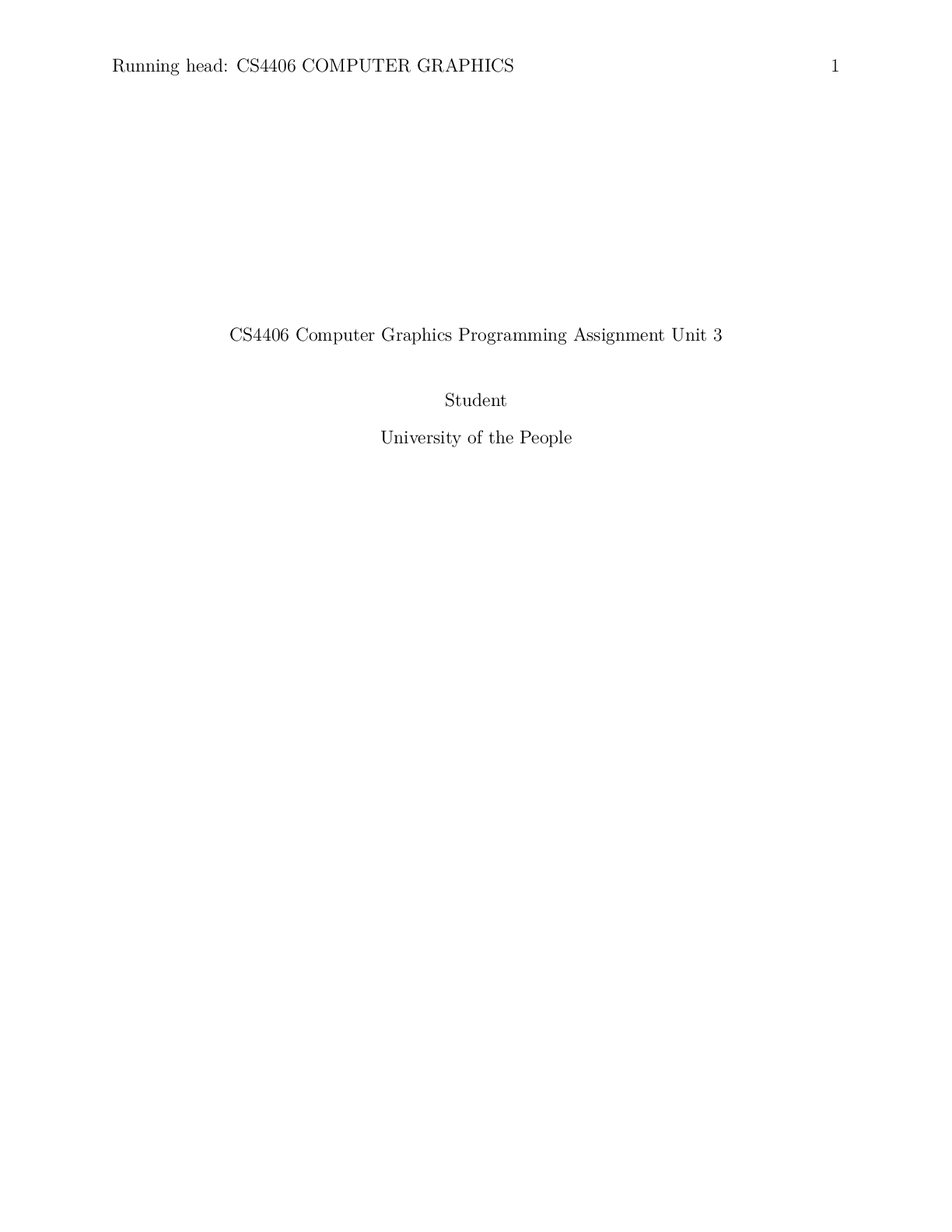

.png)



